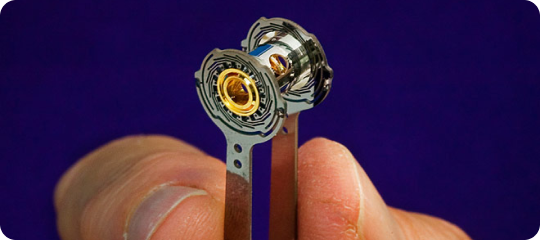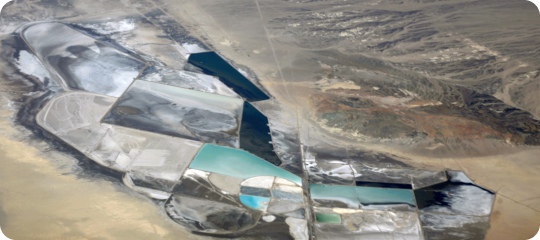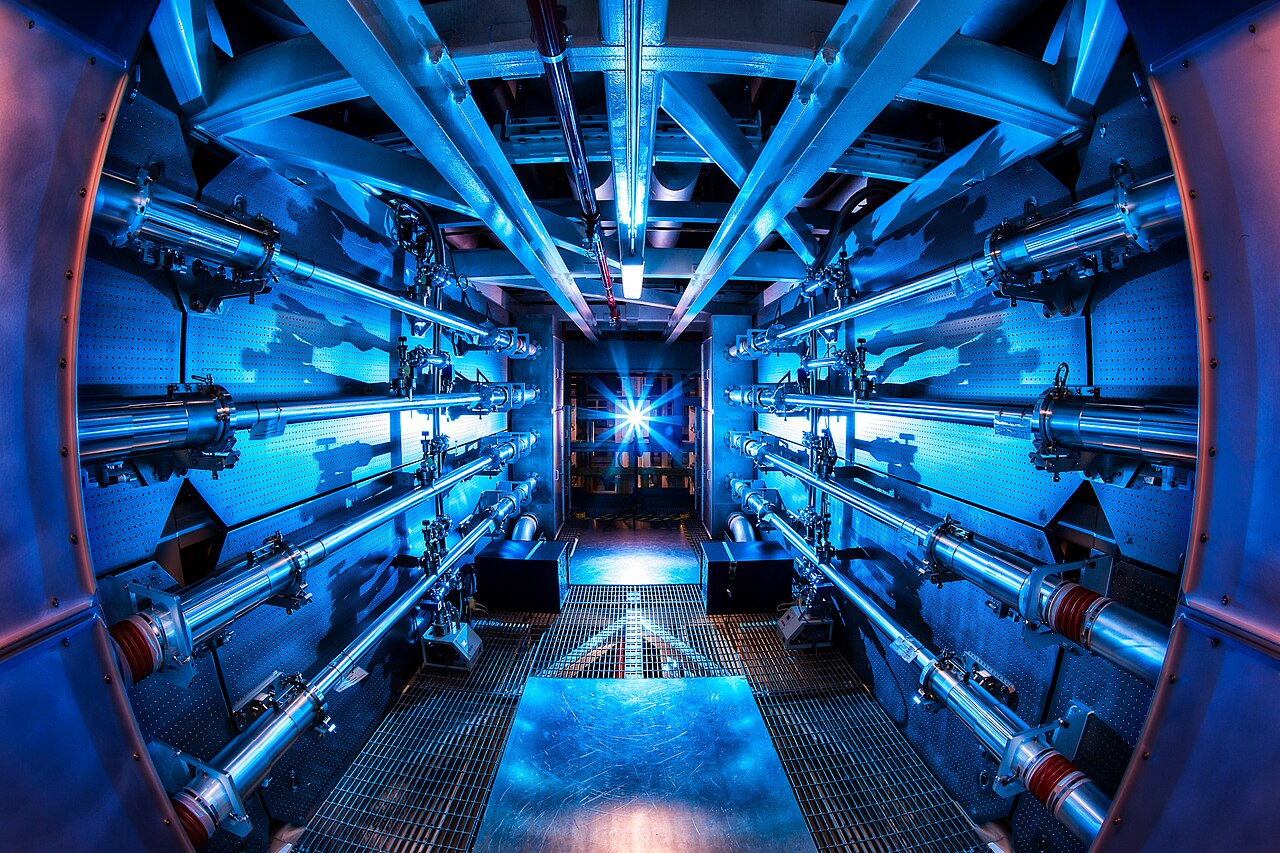Energy is the lever that moves the world.
Achieving humanity’s potential requires generating more energy, not less. But today’s energy sources are holding us back.
Our mission is to free humanity from fossil fuels, save the planet from climate change and unlock a new era of progress, prosperity and safety for all.

We're harnessing clean, safe, and abundant energy from fusion to power the next generation of human progress.
Fossil fuels powered the industrial revolution, the space age, and much of what we now consider modern society. But they've also harmed people and the planet.
We believe a new source of abundant energy - without those externalities - will once again transform the course of human civilization. It will free us from our dependence on fossil fuels, and allow us to dream again about what humanity can achieve without limits, propelling us in ways we've yet to imagine.
Major Milestones
-
1
Phoenix Prototype Demonstrated
Demonstrate core science and scalability of our novel laser architecture, key to commercializing inertial fusion.
2026 Reduced Scale
-
2
Full Beamline Constructed
Single integrated beam line at full scale demonstrates laser architecture’s performance and economics.
Late 2020s Full component scale
-
3
Breakeven Demonstration
Multiple beamlines combine their output to achieve wall-plug breakeven from an inertial fusion fuel capsule.
2030 Full plant scale
-
4
First operating power plant
The first laser fusion power plant starts delivering electricity to the grid.
Mid 2030s Full system scale
Safe
Inertial fusion fuel requires precise control to ignite and burns only for a few billionths of a second. There is no chance of an uncontrolled or unexpected energy release.
-

Each fuel capsule contains just a few milligrams of hydrogen fuel.
-

Only one fuel capsule is in the chamber at a time, with no chance of accidental energy release.
Reliable
Fusion is always available and can run reliably 24/7, 365 days per year, regardless of weather, temperature, rainfall, or season. Fusion is a source of energy humanity can depend on.
Approximation based on Geophysical constraints on the reliability of solar and wind power worldwide
Abundant
The fuel for fusion comes from seawater and lithium, and humanity has enough of these to last for millions of years.
-

Chematall Foote lithium operation in Nevada has a current capacity of 14,500 tons per year
-

The oceans are an abundant resource for deriving hydrogen isotopes
Inexpensive
Xcimer inertial fusion will be economically competitive with fossil fuels and superior to renewables, enabling use cases we haven’t yet thought possible.

Carbon-free
Inertial fusion is clean and does not release pollutants, including carbon.
-

Globally, fossil fuel plants emitted 36 billion tons of carbon in 2023
-

Inertial fusion will deliver power to the grid at zero carbon emissions
Unlimited
Per capita energy consumption in the United States stopped growing in the 1970s. Fusion will return us to the path of technological growth, progress and optimism that we were on before we learned of the damage fossil fuels were doing to the environment.



